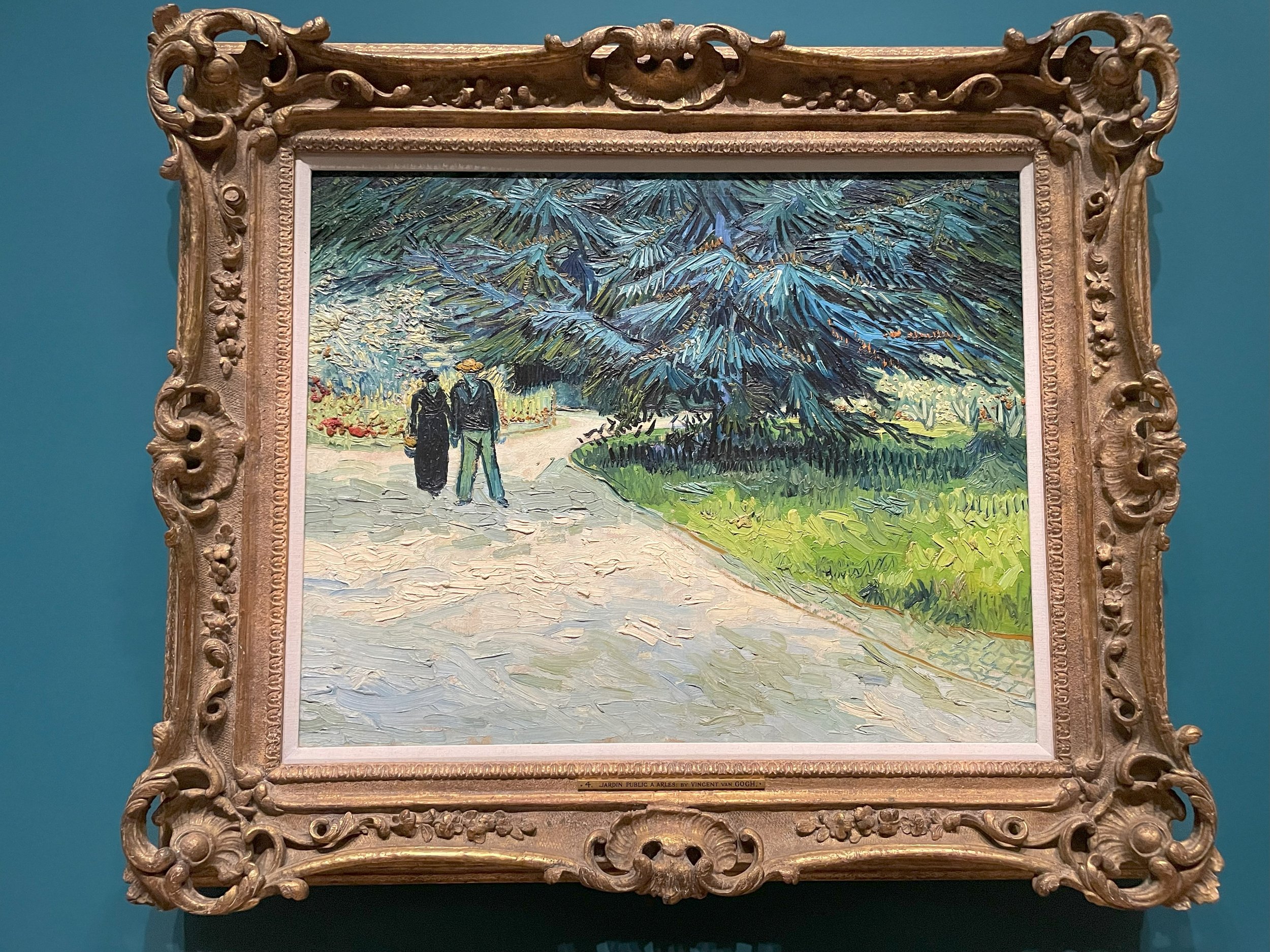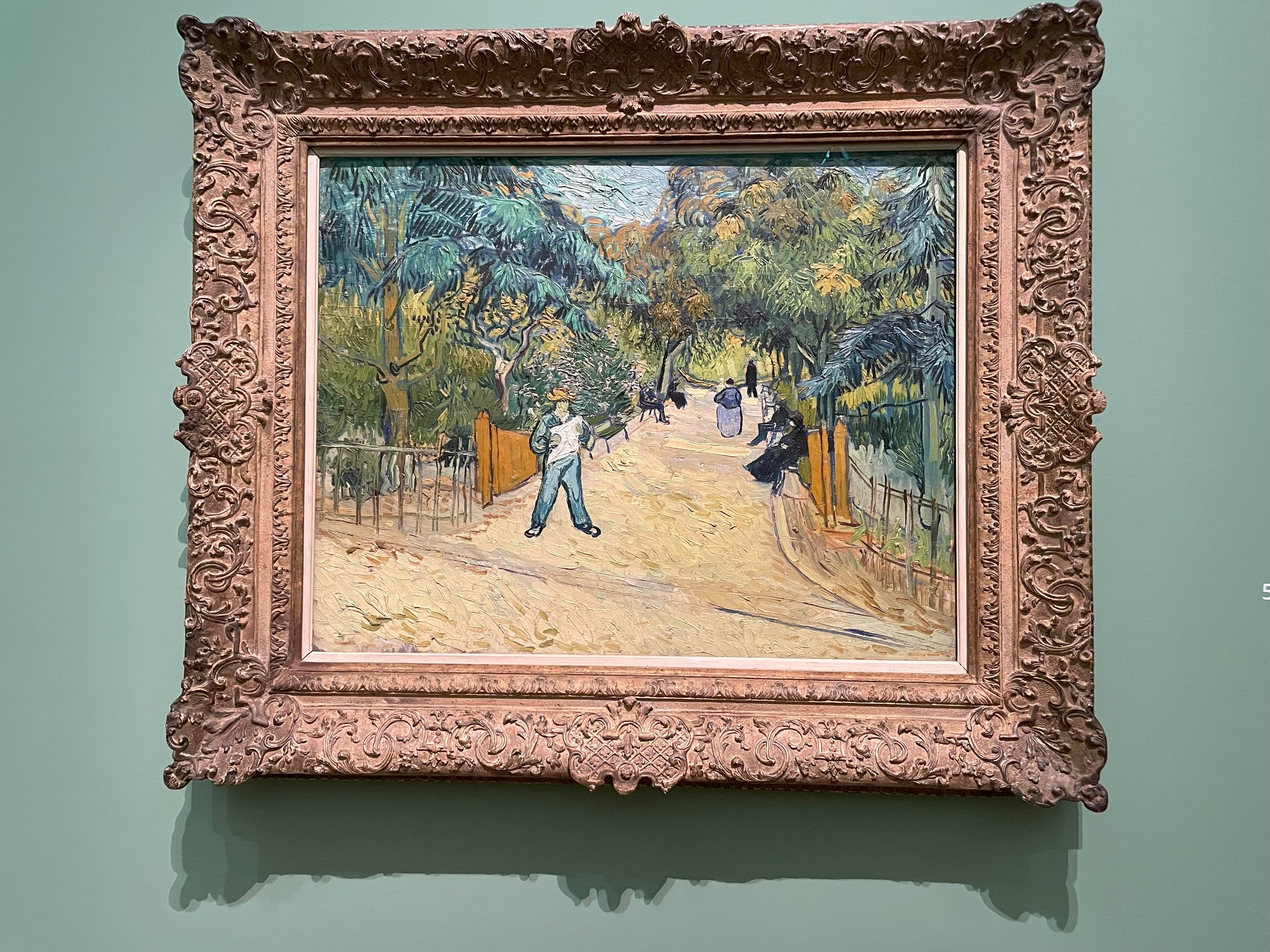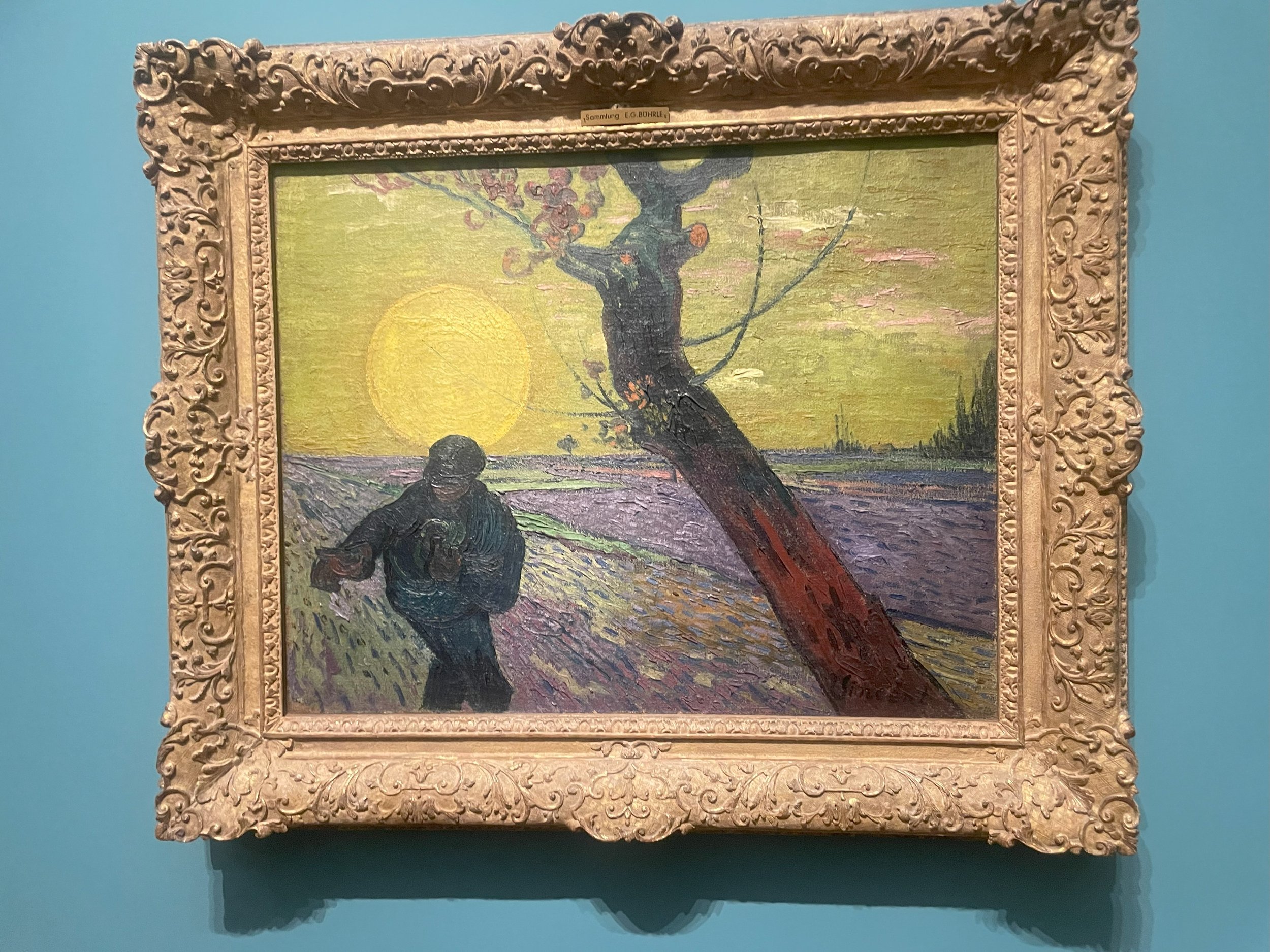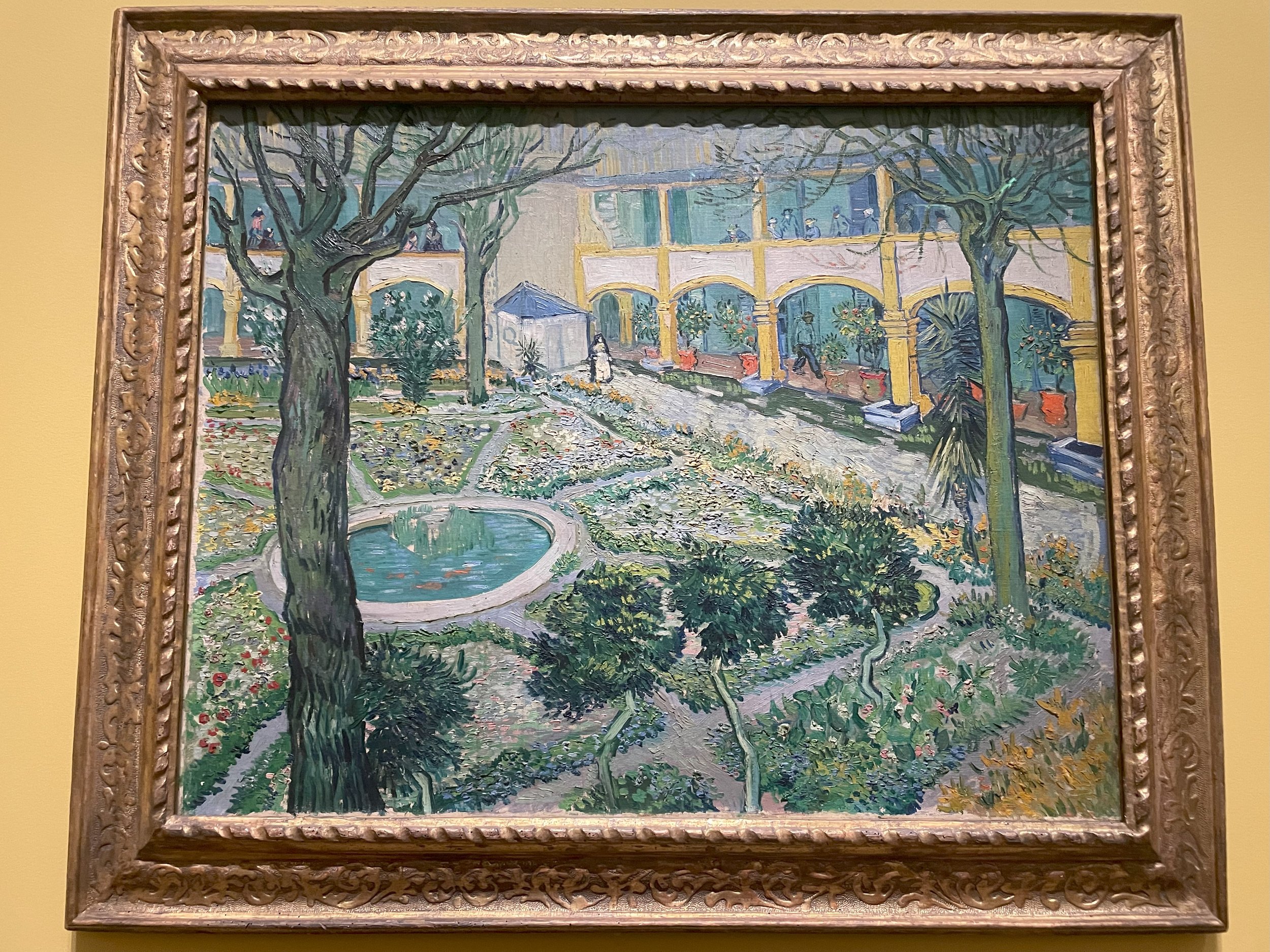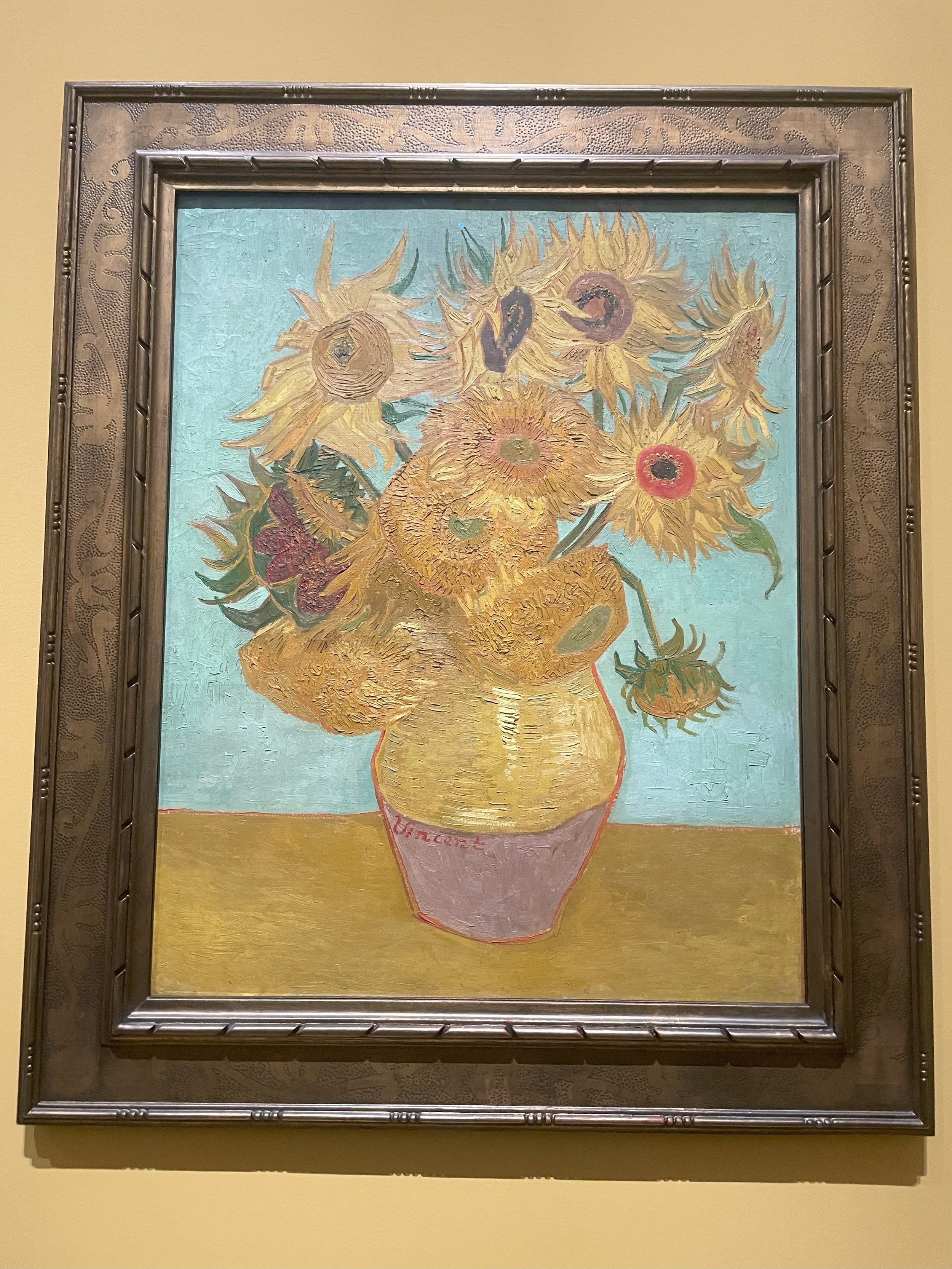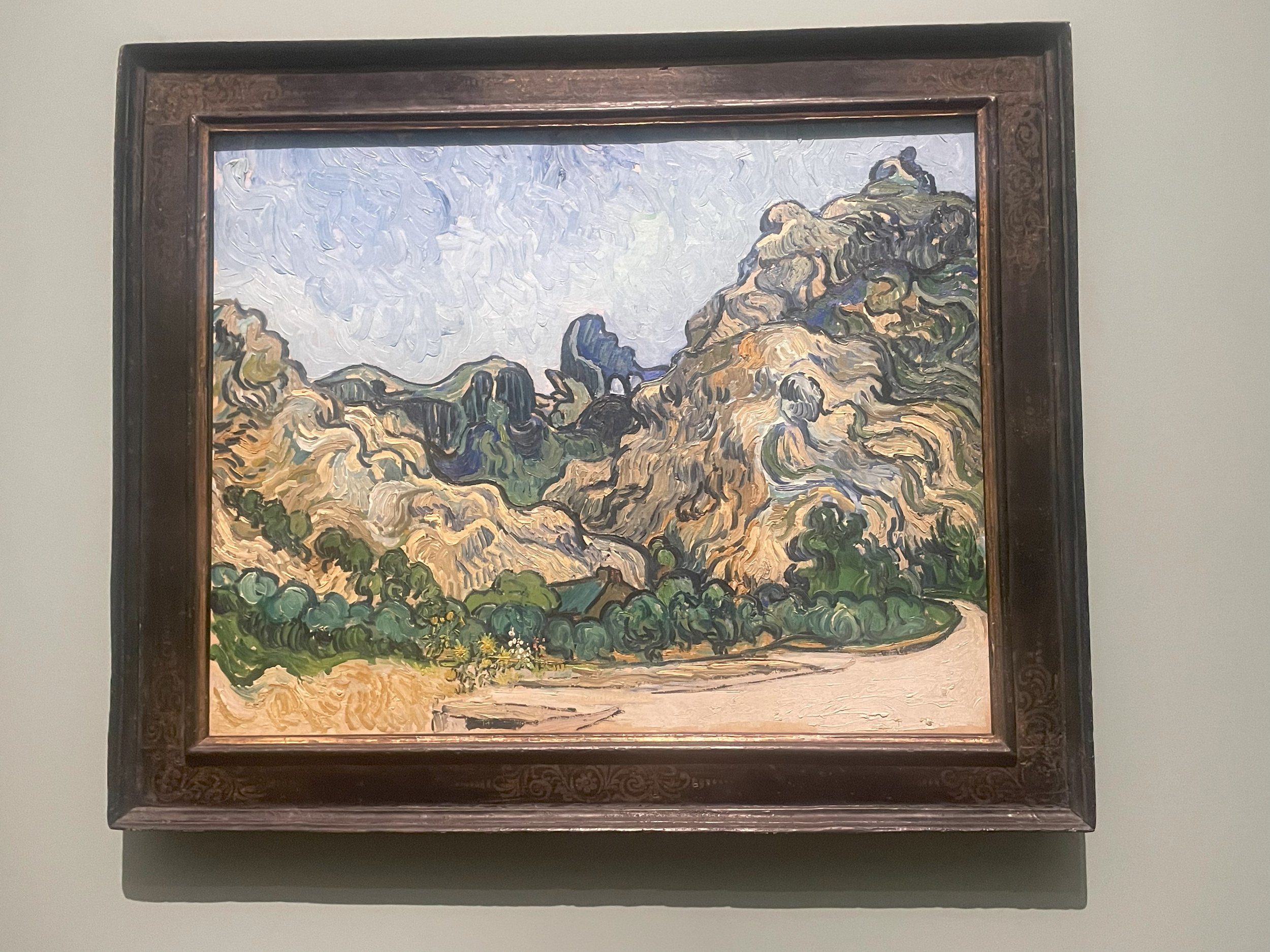This exquisite exhibition follows the development of draughtsmanship in Italy from 1450 until 1600, through a display of 160 Renaissance drawings from the Royal Collection. The show includes works on paper by famous masters such as Leonardo da Vinci, Michelangelo, Raphael, Bellini and Titian alongside drawings by lesser known and even unknown artists.
The advent of printing and bookmaking in Europe brought with it a dramatic increase in the production of paper and, as a result, provided artists with access to a large supply of an affordable medium upon which to draw in chalk, charcoal, pen, ink and metalpoint. During the Renaissance, artists transformed their working practices to include direct observation from nature and the live model, and therefore, drawing became central to each stage of an artist's process.
Many of the sketches on display are preparatory to a particular painting, such as Leonardo’s Drapery of a Kneeling Figure, a study for The Virgin of the Rocks, in the National Gallery London, whilst there are others which are so complete as to be works of art in their own right. Fra Angelico’s Bust of a Cleric and Frederico Barocci’s delicately coloured The Head of a Young Woman are two such examples, both of which contain fine and beautifully observed detail.
Raphael’s Three Graces, a preparatory sketch for a scene in his frescoes at the Villa Farnesina in Rome, is unusual in that it is drawn from a female nude model at a time when most artists only sketched from the male body. The same woman is shown in three poses effortlessly drawn in red chalk with a remarkable control and surprising simplicity.
Michelangelo took great care to create his drawing of the Risen Christ, using minute strokes of black chalk to accurately render the figure of the young naked body, concentrating especially on the perfect muscles of his torso. The highly finished quality of this drawing suggests that it was made to be given as a gift or a 'presentation piece', rather than in preparation for a sculpture or painting.
Some of the drawings appear to have been created for pleasure as well as for the purpose of study, such as Leonardo’s delightful sheet Cats, Lions and a Dragon which includes about twenty cats and lions in multiple positions apparently drawn from life (lions were kept on public display in cages in Florence in the 15th and 16th centuries) together with a twisting and fanciful dragon drawn from Leonardo’s imagination.







